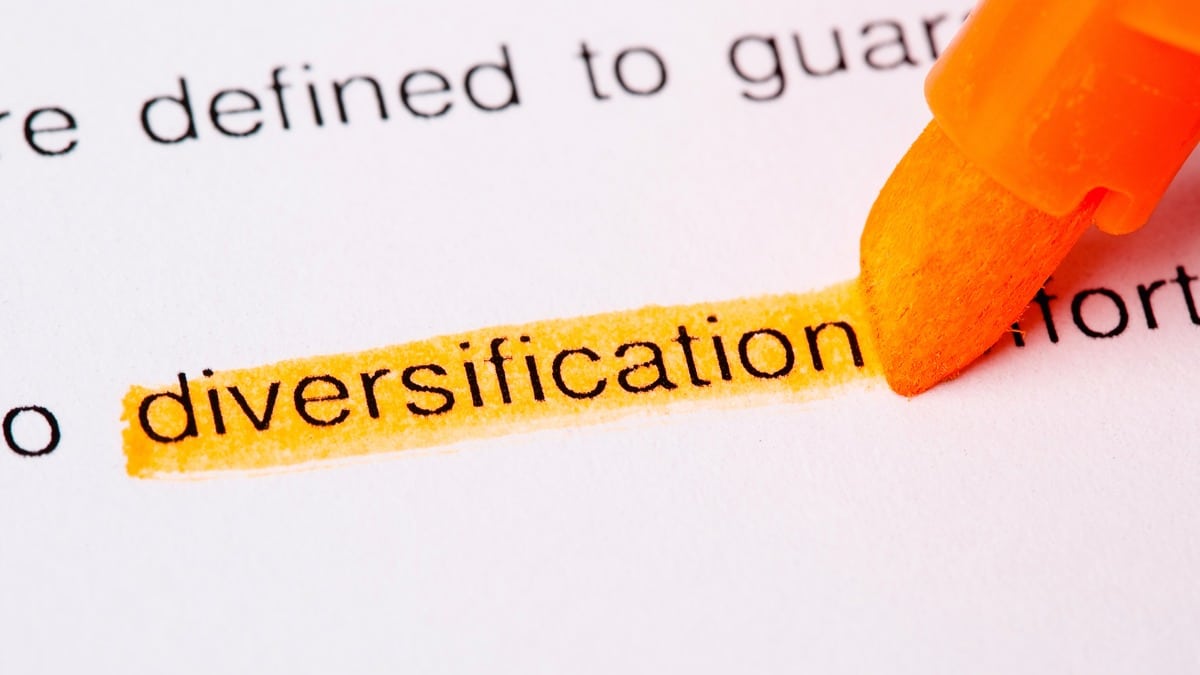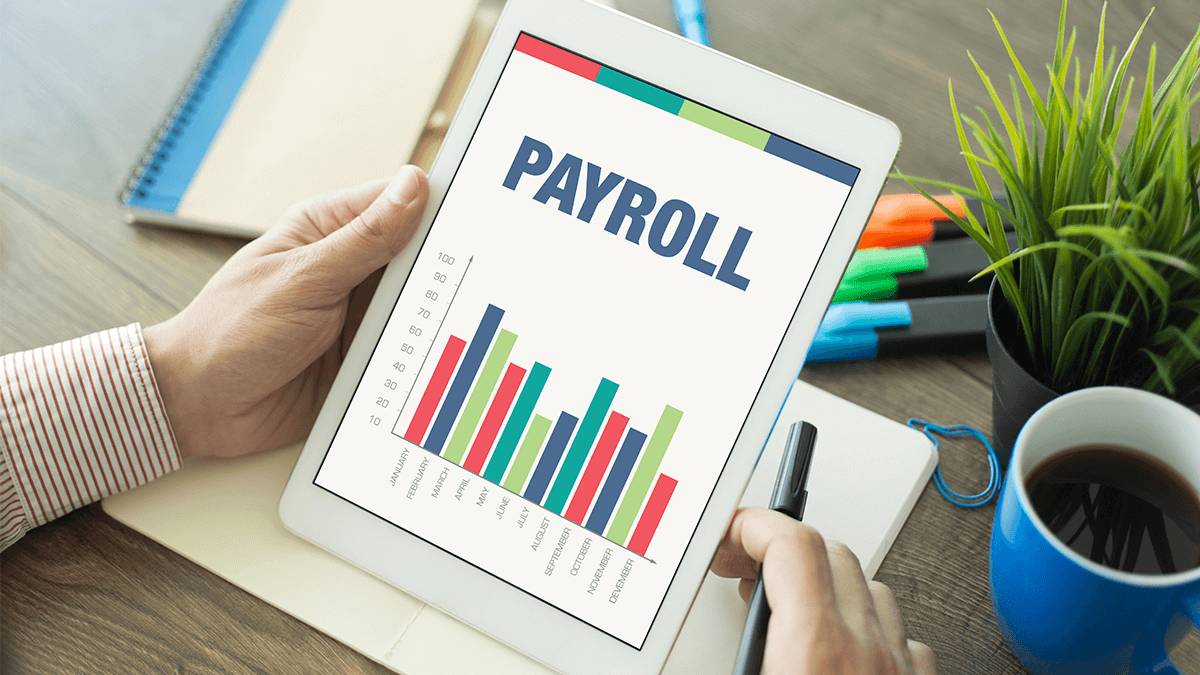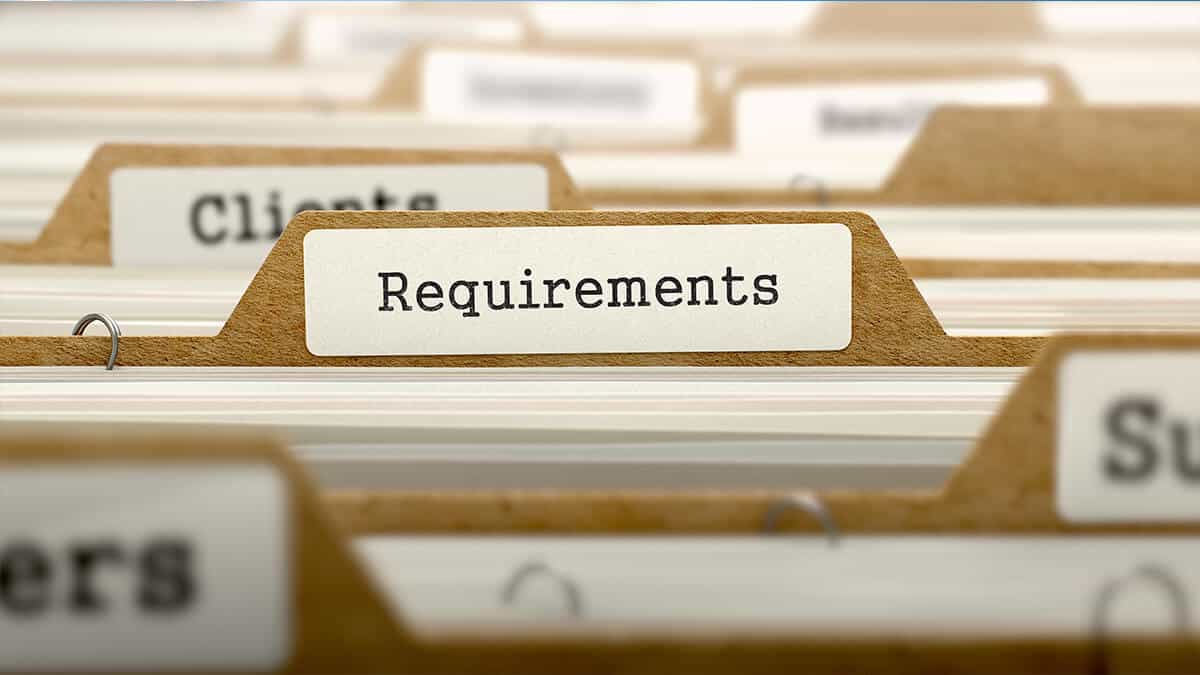Articles by
Alexandra Cain
-

SMSF investments: Using ETFs for diversification and more
They are easy to use, cheap and growing in number. So how are SMSFs using ETFs and what’s stopping more of them from following the trend?
-

SMSFs: Sustainable investing just got personal
The year 2020 has been a turning point for sustainable investing on so many levels. COVID has brought to the forefront of investors’ minds considerations such as how companies treat their staff, as well as numerous other environmental, social and governance (ESG) issues.
-

Single Touch Payroll (STP): What it means for SMSF trustees
Single touch payroll (STP) reporting is a streamlined way for employers to provide the Australian Taxation Office (ATO) with payroll information, that is, pay as you go (PAYG) withholding and superannuation guarantee information.
-
Legal case a lesson in proper SMSF admin and record keeping
A recent court case, known as the Narumon case, demonstrates how important it is for self-managed super fund (SMSF) trustees to ensure their documentation is up-to-date, and that binding death benefit nominations are valid.
